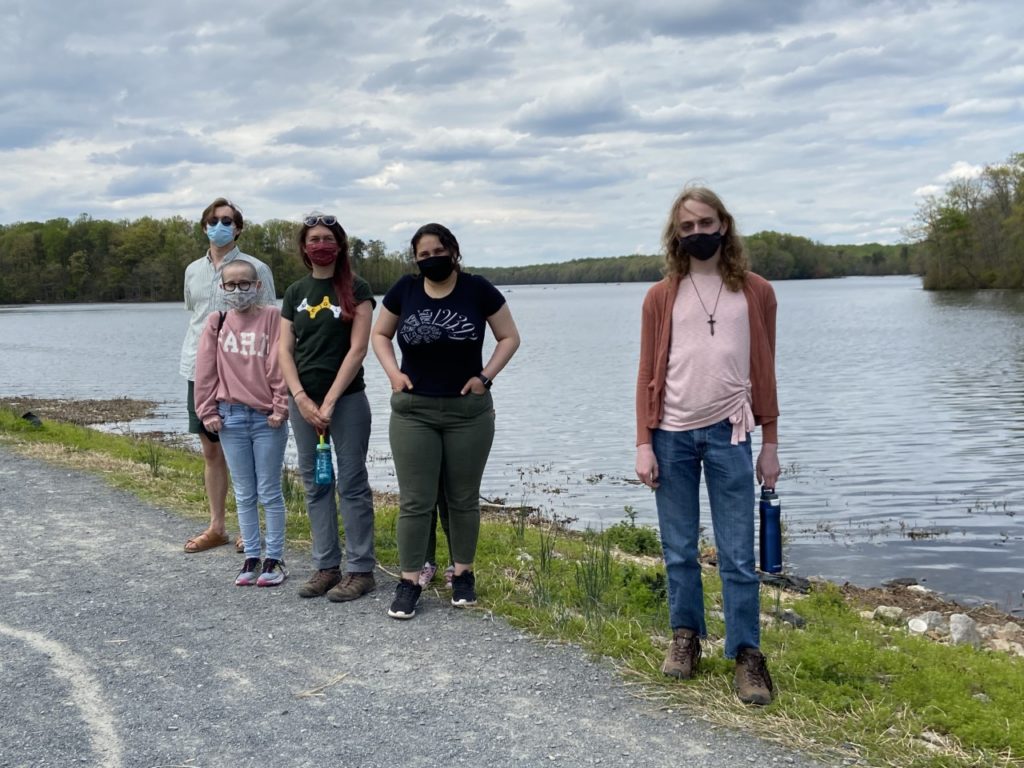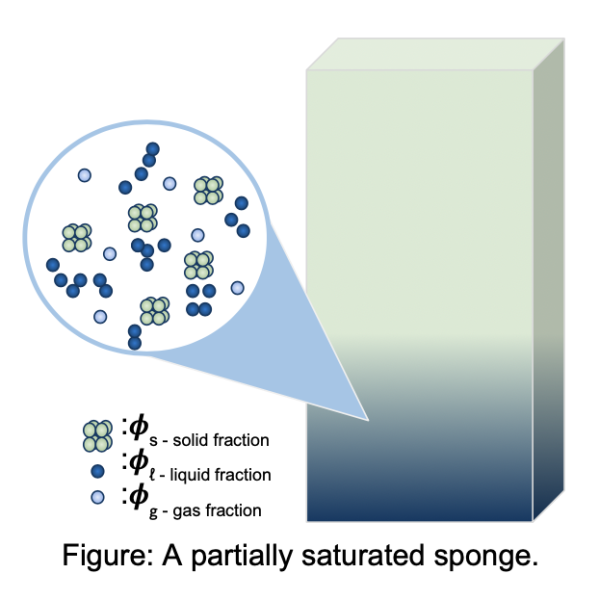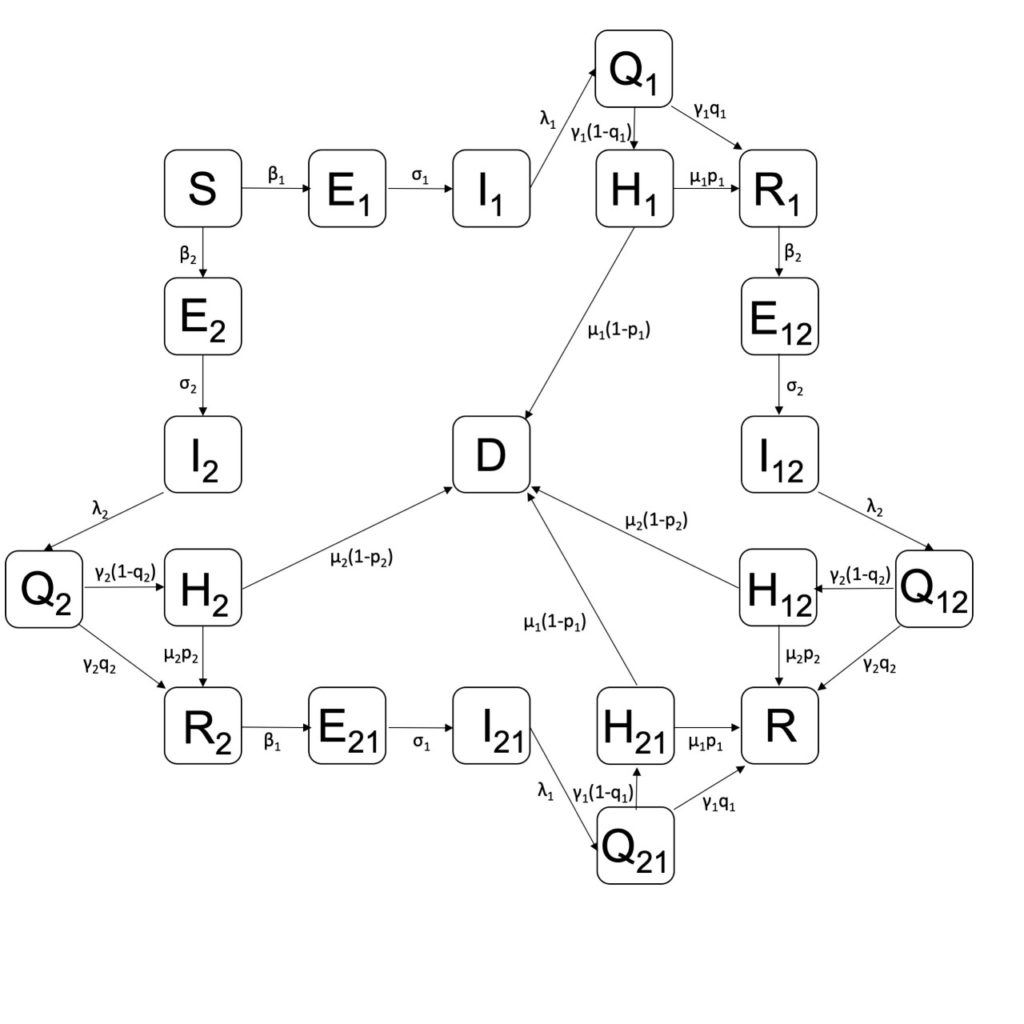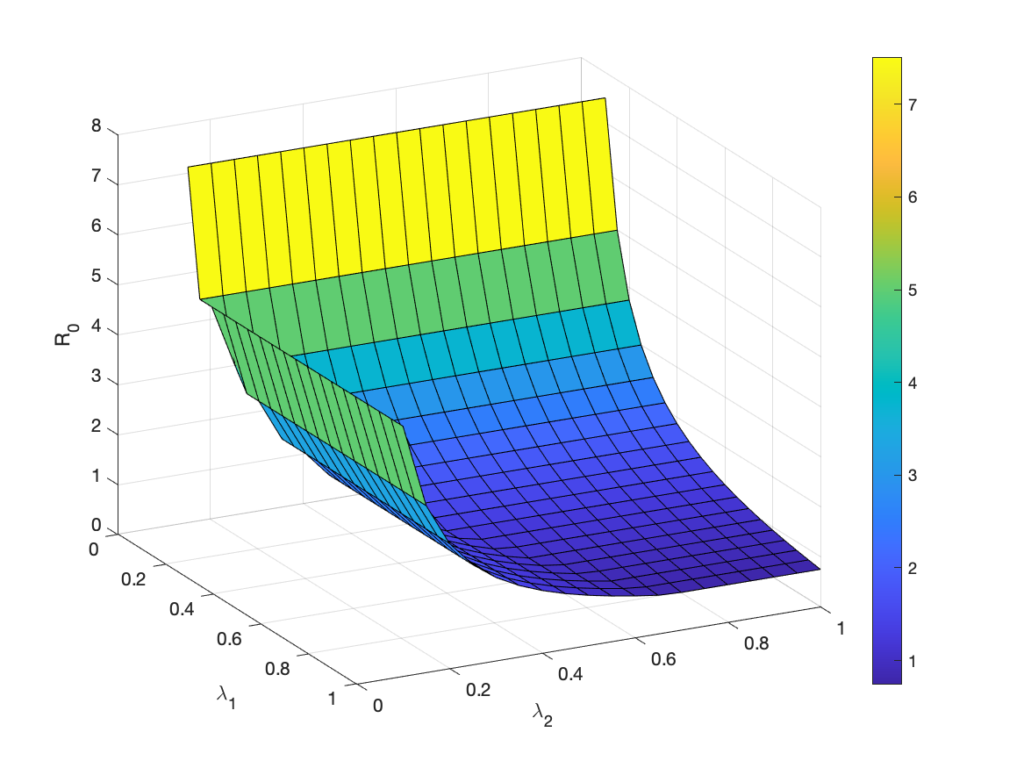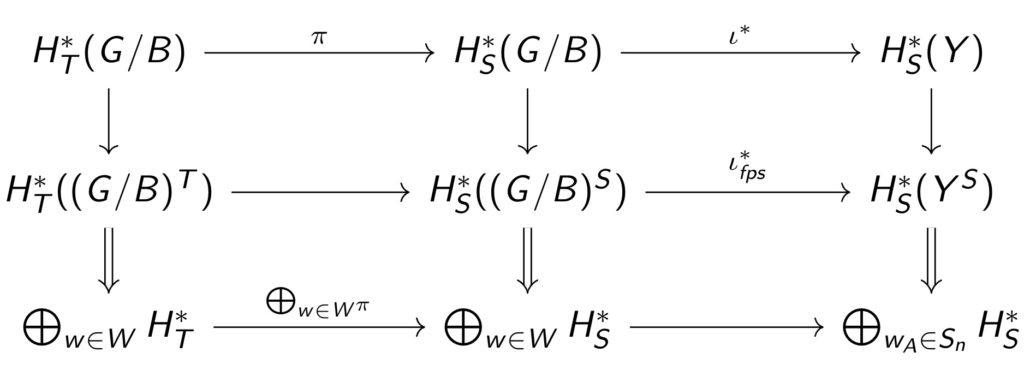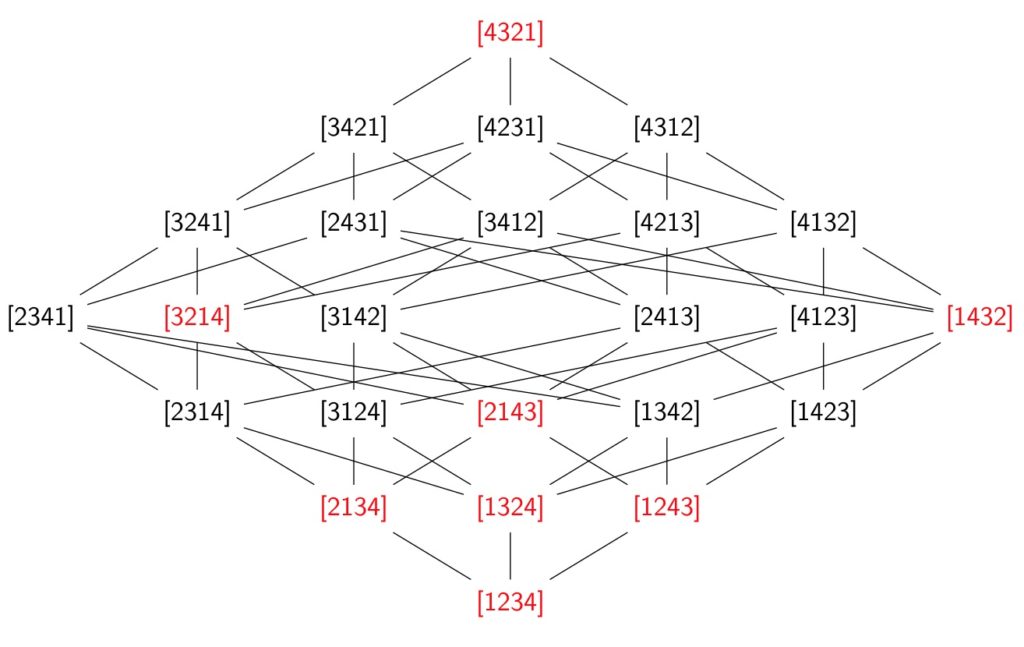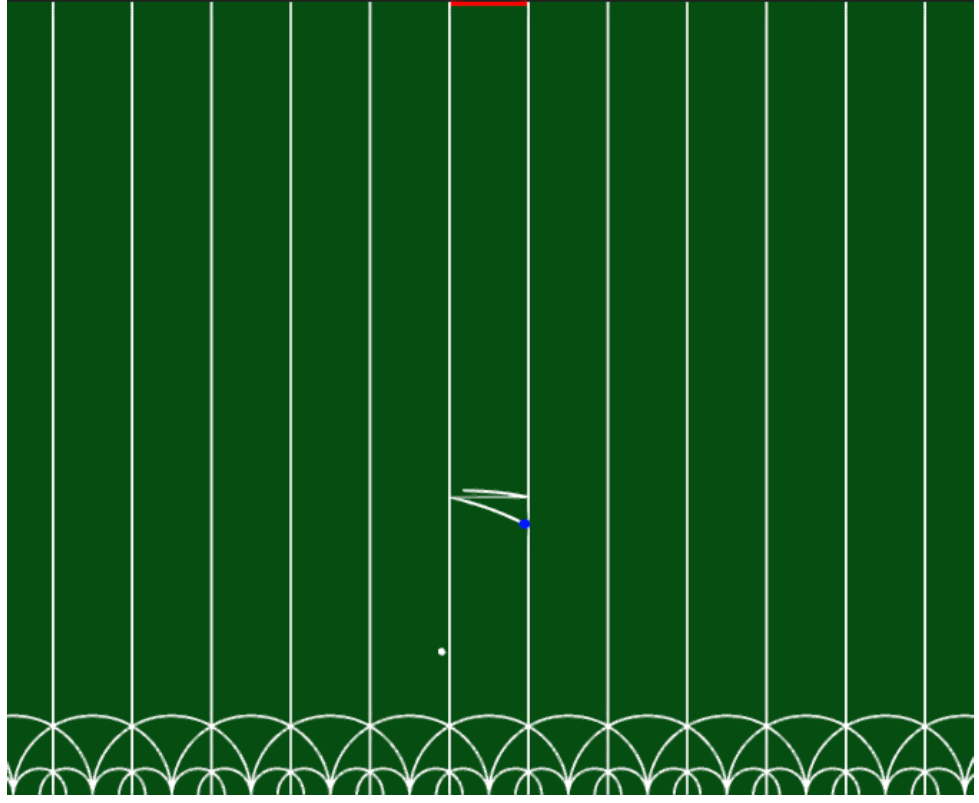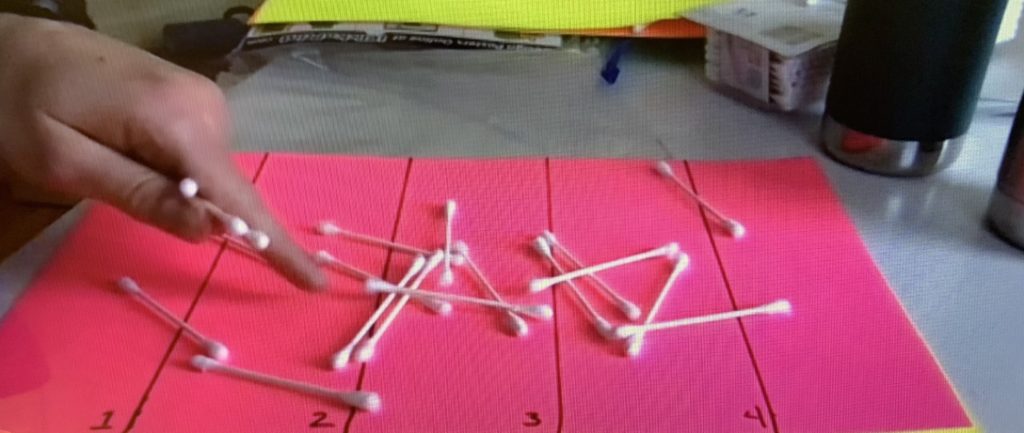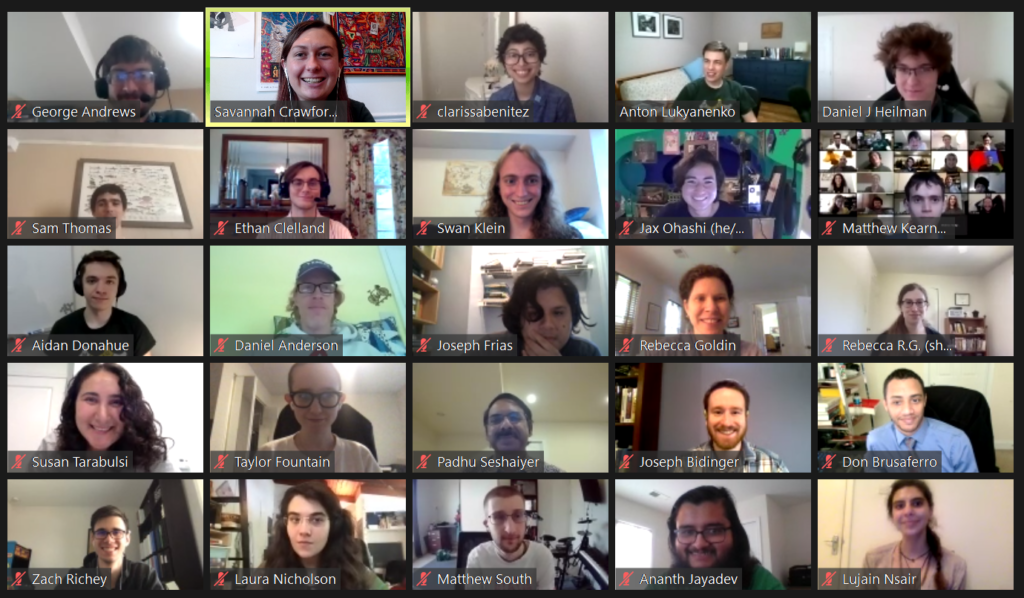
During Spring 2021 MEGL ran a 5 project program with 24 participants (faculty, graduate, and undergraduate students). The five research/visualization groups are titled:
- Mathematical modeling of capillary rise in porous materials
- Combinatorics of Cohomology Rings of Peterson Varieties
- Mathematical Visualization
- Cores and hulls of ideals of commutative rings
- Mathematical Modeling, Analysis and Control for Understanding the Spread of COVID19
Additionally, there was one public engagement group which we refer to below as Outreach. The research/visualization groups engaged in experimental explorations involving faculty, graduate students, and undergraduates. Teams met weekly to conduct experiments generating data, to make conjectures from data, and to work on theory resulting from conjectures. The outreach group involved faculty, graduate students, and undergraduates to develop and implement activities for elementary and high school students that were presented at local schools and public libraries. We concluded with an end of term symposium and a poster session.
Our end of semester events will be held online.
For full project descriptions go here:
